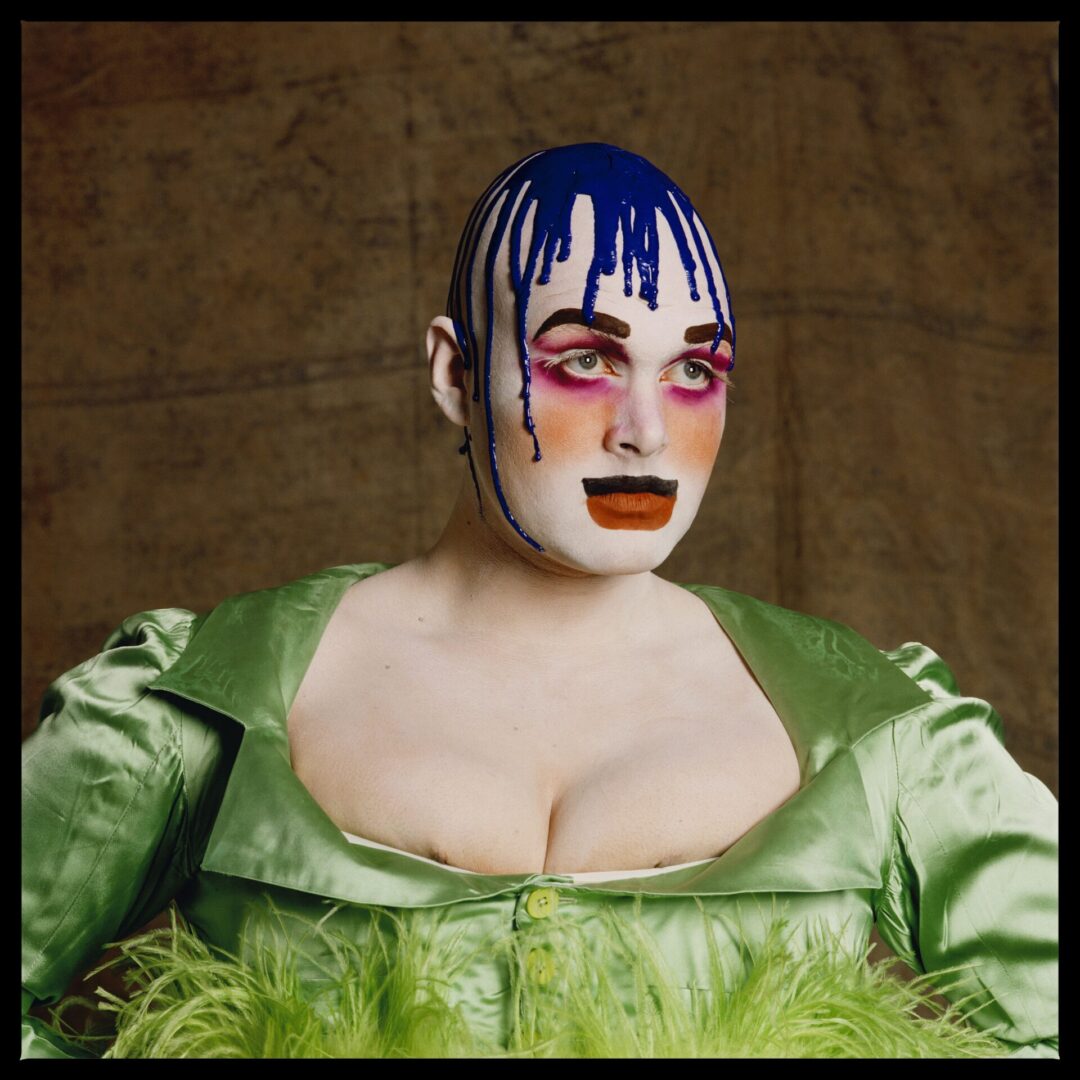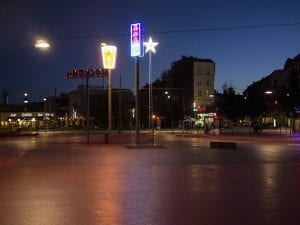In a 1993 interview with The Guardian, Leigh Bowery (1961 – 1994) was asked what he most deplored in others. His response was “the urge to categorise: if you label me, you negate me.” The answer is a perfect embodiment of all Bowery represented. He is known as one of the most fearless and original creatives of the 20th century, routinely taking on the role of artist, performer, club kid, model, TV personality, fashion designer and musician. In his hands, clothing and makeup became forms of sculpture and painting, whilst the body was used as a shape-shifting tool to challenge norms of aesthetics, sexuality and gender. Now, Tate Modern brings together these outlandish and dazzling costumes alongside painting, photography and videos to explore how Bowery changed popular culture forever. The exhibition charts the journey of a young boy from the quiet suburb of Sunshine in Melbourne, Australia, who became a globally recognised figure. Leigh Bowery! offers a portrait of an outrageous and complex individual who left a distinct mark on contemporary art and beyond.
The display opens with Bowery’s arrival to London in 1980. The artist famously said of his move to the UK: “I was so itchy to see new things and to see the world, that I just left.” The dawn of the 1980s was a golden age for club culture, brought about by the “Blitz Kids”, a group of people who frequented the Tuesday club-night at Blitz in Covent Garden, London. These figures, including Boy George, Princess Julia and Scarlett Cannon, are credited with introducing the “New Romantic” subcultural movement. They were the embodiment of radical change, distinct in their androgynous styles and extravagant hair and makeup. Leigh Bowery soon made a home amongst this crowd, and in 1985 opened his own nightclub – Taboo. The establishment was a liberating space offering young people the freedom to explore and transform their identity. He quickly learned the social currency of turning a “look” and set himself apart from the crowd through his bold and distinctive style. These sartorial creations included an orange polka dot design which extended to cover his whole body, fabric masks that obscured his face and lurid green paint dripping from his head.
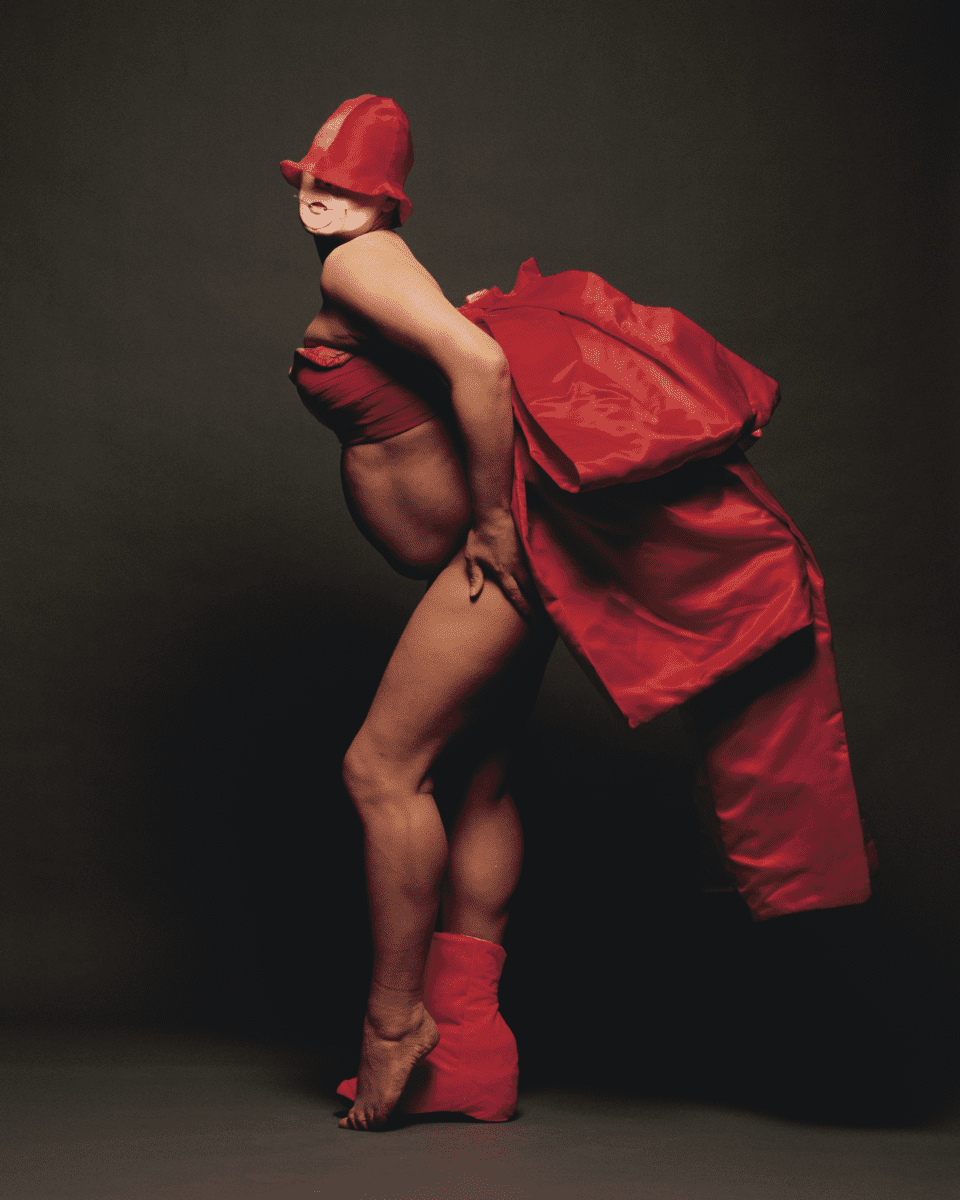
Bowery’s status in the club scene never made the transition to more conventional media. In a piece written from interviews with the artist’s closest friends, Guardian journalist Sean O’Hagan wrote: “The extravagant alter ego he crafted was too strange and threatening to ever cross over in the manner of other contemporary gender-mischievous 80s celebrities such a Boy George or Marilyn. On the rare occasions that Bowery did manage to gatecrash the mainstream, usually on the TV chat shows, his willfully freakish presence shocked and appalled studio audiences in equal measure.” It is all the more impactful, then, that his legacy is on display at one of the world’s most influential galleries. More than 4 million people visit Tate Modern each year. Those that visit Leigh Bowery! will be able to get up close and personal with the intricate costumes he handmade with collaborator Nicola Rainbird, who later became his wife. Elsewhere, a music and video installation by filmmaker and DJ Jeffrey Hinton, made especially for the exhibition, will convey the frenzied excitement of the Taboo-era, transporting audiences back to a vibrant underground community.
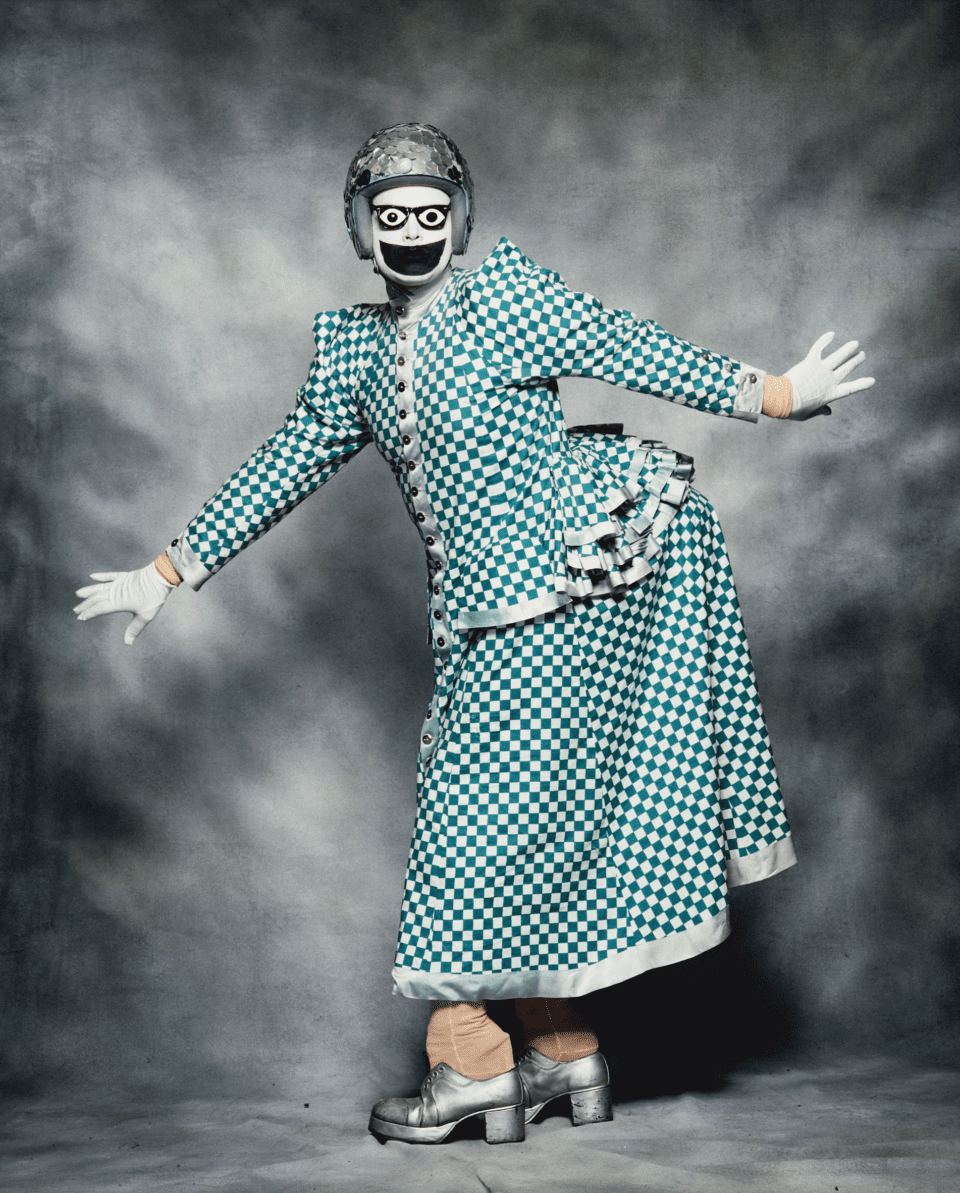
The distinct looks that Bowery presented in Taboo gave way to performances, which began when he was asked to collaborate with iconic dancer Michael Clark. Costume design was a key part of their working relationship, but the Australian creative often made appearances on stage too. In 1988, Bowery debuted Mirror, a piece where, for five days, he dressed up and posed in front of a two-way mirror, allowing viewers to watch him while he was oblivious to their gaze. He staged not only his body but the very act of looking, reimagining the sterility of the gallery scene as a social space. Tate honours this pioneering work by showcasing filmmaker Dick Jewell’s What’s Your Reaction to the Show (1988), which revealed the honest opinions of the cast of friends, colleagues and passersby who witnessed this ambitious performance when it first emerged on the creative scene.
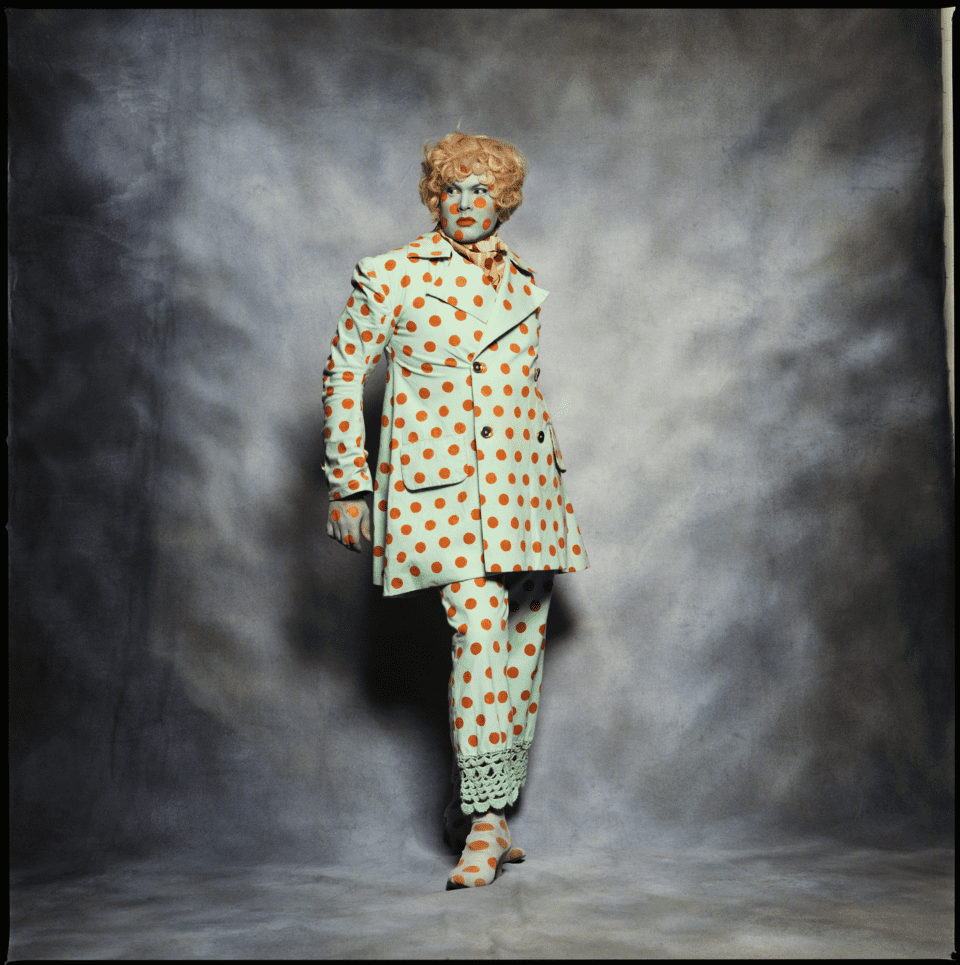
It was Bowery’s close friendship with Lucian Freud that marked a turning point in his relationship with the contemporary art world in the late 1980s. Freud, considered one of the most influential portraitists of the 20th century, produced multiple nude images of Bowery. Several of these personal works are on display at Tate Modern, showing how the renowned painter presented a fresh perspective of this flamboyant performer. The intimacy of posing for these works prompted Bowery to use his body as raw material, saying “flesh is the most fabulous fabric.” This new vision stretched across his creative practice. The most iconic example of this is the birth performance. The piece was introduced in 1990 at the London club night “Kinky Gerlinky.” Bowery would appear on stage dressed as a drag performer, before dropping to his back and simulating giving birth to a baby. Nicola Bateman would be strapped to Leigh’s stomach at the start of the show, only to emerge naked and with a lot of stage blood, before Bowery bit off the “umbilical cord” made from links of sausages. This infamous display, perhaps more than any other, shows just how much the artist pushed the limits of the human form.
There is no question that Leigh Bowery’s legacy extended far beyond the clubs of London, and more than 30 years after his premature death from AIDS-related illness, his outrageous and pioneering creativity continues to shape popular culture. The influence of his fashion designs can be seen in the elaborate costumes on RuPaul’s Drag Race or the outfits of musician Lady Gaga. Tate Modern’s exhibition places him firmly at the heart of the art scene, guiding viewers around both the larger-than-life character and the man behind the performer. It is a reminder of the power of vision, authenticity and originality to shape hearts and minds, even decades on from their creation.
Leigh Bowery! is at Tate Modern from 27 February – 31 August 2025: Tate.org
Words: Emma Jacob
Image Credits:
Fergus Greer, Leigh Bowery Session 1 Look 2 1988 © Fergus Greer. Courtesy Michael Hoppen Gallery.
Fergus Greer, Leigh Bowery Session 3 Look 14 August 1990 © Fergus Greer. Courtesy Michael Hoppen Gallery.
Fergus Greer, Leigh Bowery Session 4 Look 17 August 1991 © Fergus Greer. Courtesy Michael Hoppen Gallery.
Fergus Greer, Leigh Bowery Session 4 Look 19 August 1991 © Fergus Greer. Courtesy Michael Hoppen Gallery.


